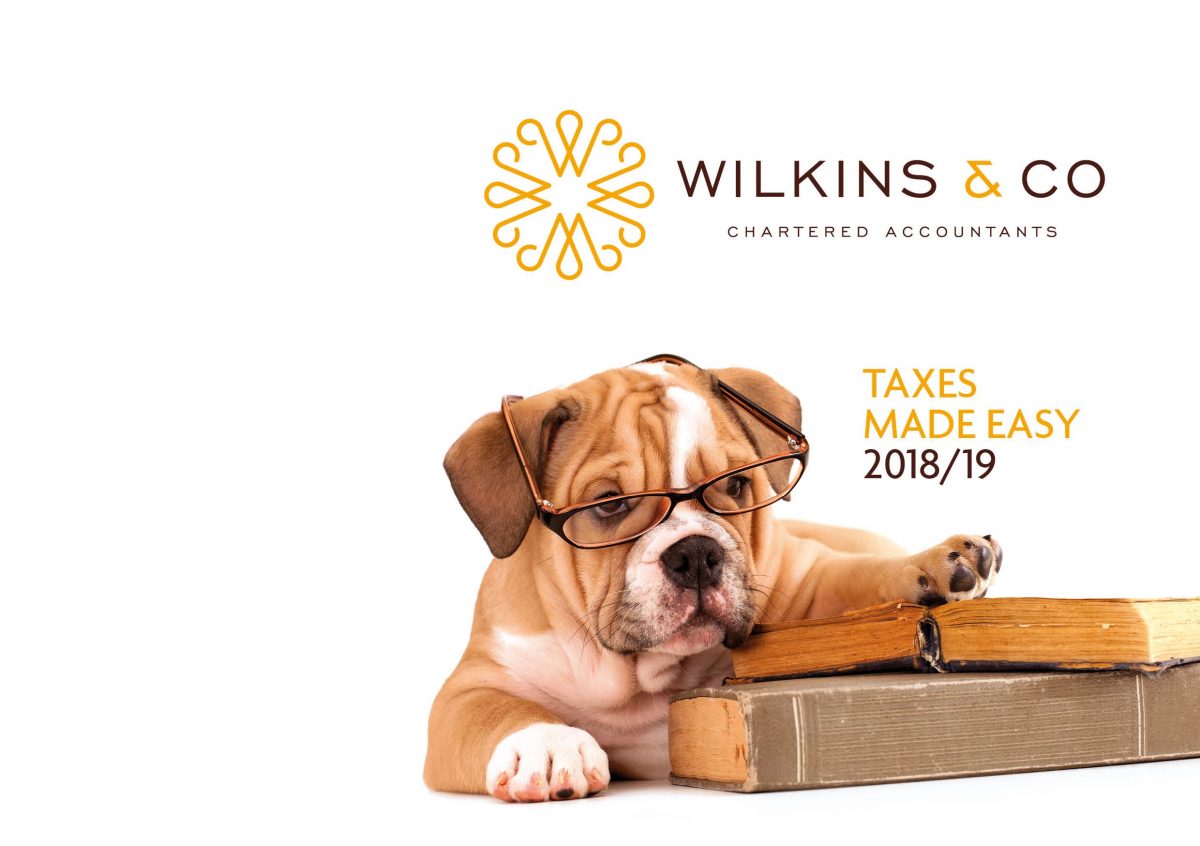Spurred on by the recent queues for fuel, more and more people are looking at switching to electric cars when they next change their car. Here we look at how tax efficient this can be when the car is purchased through your limited company.
Benefit in Kind Tax
As most company car drivers are aware, if you use a car owned by your company for private use, then each year you have a personal tax charge (known as a benefit-in-kind.) The more expensive the car and the higher its CO2 footprint, the higher the tax charge, as the BIK is calculated by multiplying a given percentage for each CO2 level by the list price of the car.
So a car with a list price of £30k and average CO2 emissions of 120g/km has a percentage of 28% and therefore a BIK value of 28% x 30,000 = £8400. The employee is treated as having additional income in the year of £8400 and taxed on this accordingly (£1680 for basic rate taxpayers, and £3360 for higher rate). The employer pays employers NIC on this amount as well – a total of £1160 (which will increase when the 1.25% increase to NIC comes in next year.) Company cars are generally therefore expensive!
To encourage the switch to electric, the BIK on electric cars was initially set at 0%. This has increased to 1% for fully electric cars for this tax year and will increase to 2% for 22/23. The same car above, if it were fully electric would only have a BIK of £300, and a £60 tax charge for a basic rate taxpayer.
For hybrids, with Co2 emissions under 50g/km the BIK percentage depends on its electric range, but is still between 1 and 13% in this tax year.
Capital Allowances
Capital allowances are like a tax-deductible expense, so you can write off the cost of the car against your profits over a period of time. Without getting too technical, generally for a company car, it takes many years to write off the cost against your profit.
A brand new fully electric car qualifies for a first year allowance which means you can write off the full cost in the year you buy the car, reducing your company profit for that year and saving corporation tax. Nearly new, or hybrids don’t qualify for the first year allowance and will be written off over a period of time.
VAT
For VAT, electric cars are sill cars and follow the general vat rules that the vat on the purchase price cannot be reclaimed by the business, unless the car is genuinely only used for business purposes (almost impossible to prove!)
Charging
The cost of installing a charging point at work (potentially AKA – home!) will also be fully tax deductible in the year, and there is no BIK on the employee for the cost of the electricity if the company allows employees to recharge at work.
Road tax and Congestion Charge
A fully electric car is exempt from the both the above.
The Downside!
There is always one – the cost of purchase – and the current lack of supply!
Electric cars are still an expensive option to purchase – I know – I’ve been looking! The initial outlay is higher than for a fuel or diesel car. Also demand is high at the moment so you will need to be patient if you decide to make the switch.
Buying any car for your business is an investment and needs careful consideration of your own circumstances. If you need any further information or guidance then please get in touch with us.










